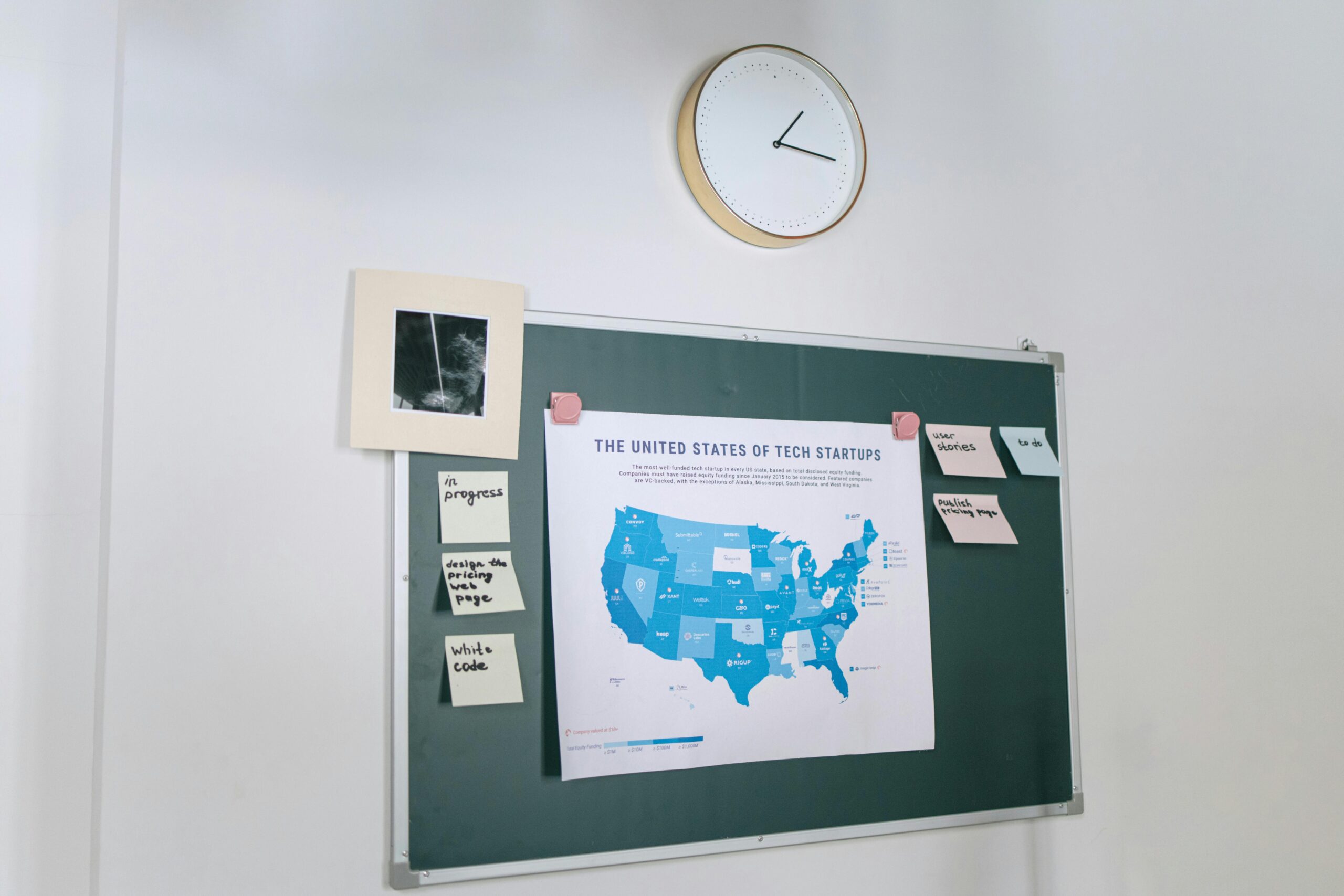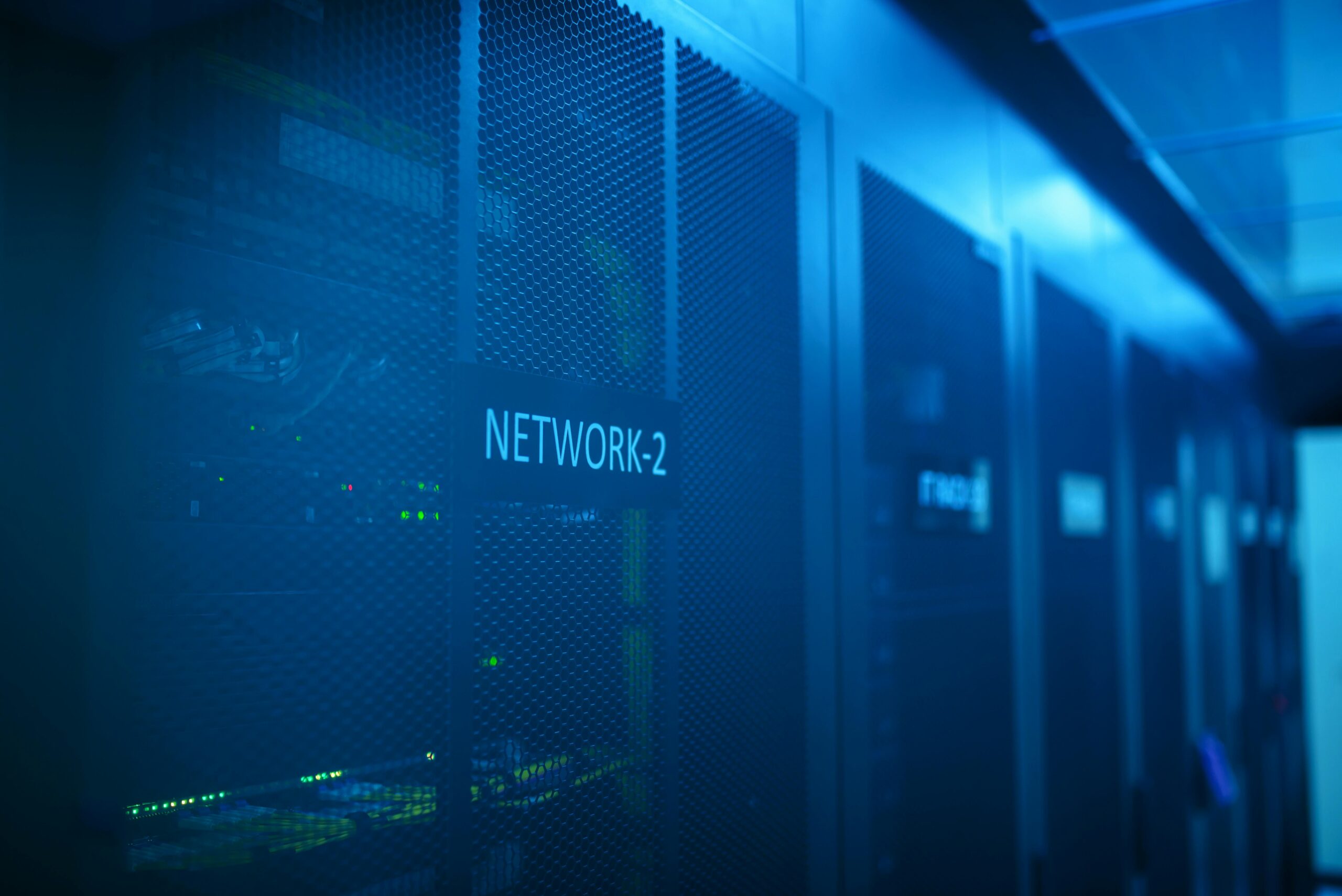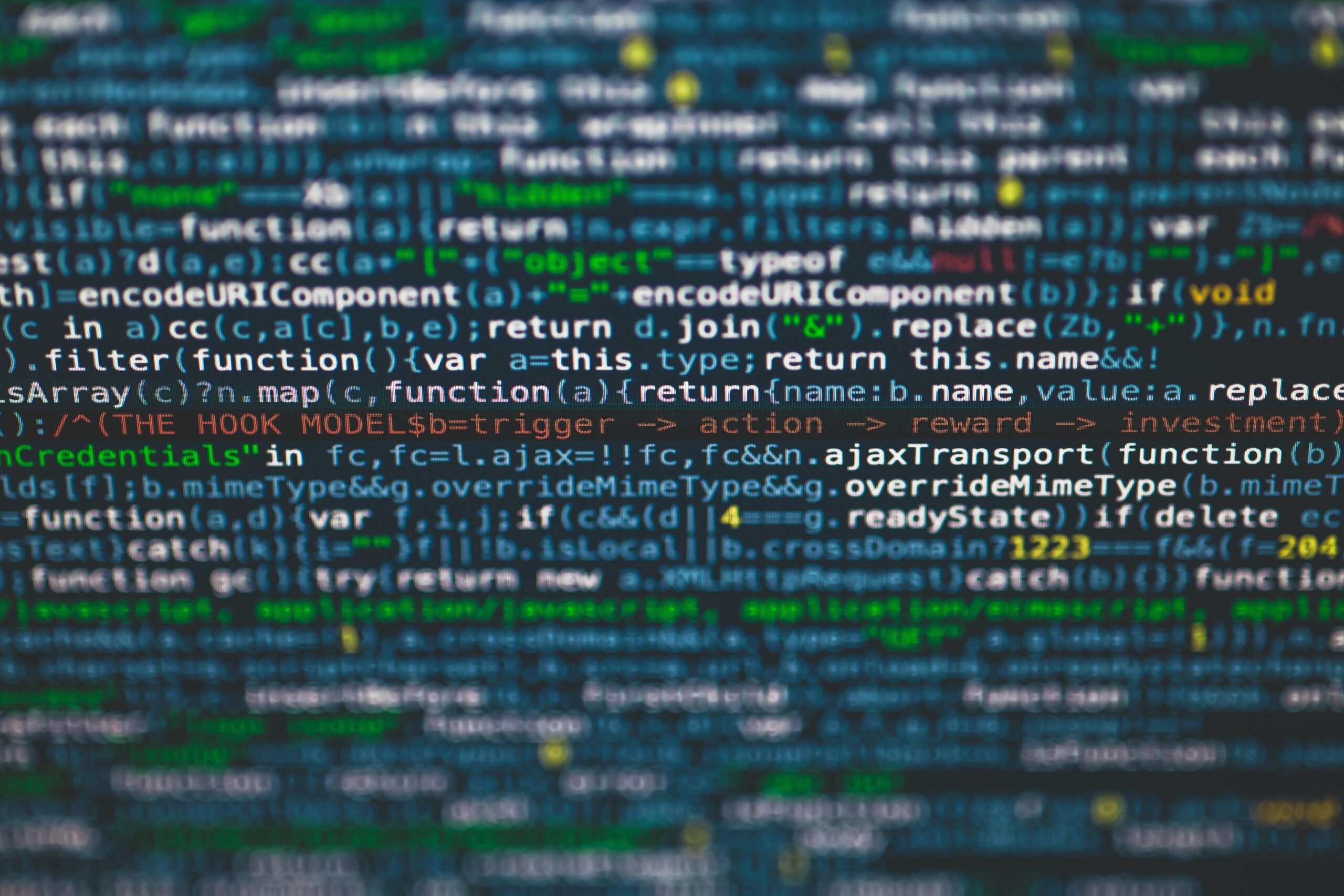The world of Artificial Intelligence is experiencing a period of rapid transformation. New companies are emerging, business models are being tested, and established practices are being re-evaluated. Recent developments highlight a growing disconnect between how AI startups are perceived and how they actually operate. This article explores the evolving dynamics of the AI industry, focusing on the rise of the “SaaS masquerade” and the security concerns that have prompted recent layoffs at OpenAI. We will unpack these trends, analyzing the challenges and implications for investors, customers, and the future of AI development.
The Illusion of SaaS: How AI Startups are Borrowing a Familiar Brand
For years, the Software as a Service (SaaS) model has been a gold standard for technology companies. It offers a seemingly predictable revenue stream, high gross margins, and a clear path to scalability. As a result, investors and customers alike have developed a strong understanding and positive perception of the SaaS model. Recognizing this, many AI startups are increasingly adopting the branding and marketing tactics of SaaS businesses, even as their core operations and underlying economics are fundamentally different. This conscious adoption of SaaS terminology creates a perception of stability and familiarity, but it risks obscuring the unique challenges and complexities inherent in building and scaling AI businesses.
Understanding the Core Differences
While the surface-level similarities between AI startups and traditional SaaS companies may be appealing, the differences in their business models are significant. Let’s examine the key distinctions:
- Cloud Compute Costs: Traditional SaaS businesses typically benefit from relatively predictable infrastructure costs. AI startups, however, face substantial and ongoing expenses for cloud compute resources. Training and running complex AI models requires significant processing power, leading to high and potentially fluctuating costs.
- Usage Patterns: SaaS revenue is often driven by a consistent, predictable usage pattern from customers. AI startups frequently experience unpredictable usage patterns, which leads to variable expenses and makes forecasting challenging. The demand for AI services can spike unexpectedly based on various factors.
- Model Updates & Retraining: Traditional SaaS offerings often experience updates and improvements, but AI models require continuous updating and retraining to maintain accuracy and relevance. This adds a layer of operational complexity and further drives up costs. Data evolves, and models need to adapt.
The adoption of SaaS branding provides certain advantages. It’s easier to attract investment and customers who are familiar with the SaaS playbook. However, it also creates a potential for misrepresentation and unrealistic expectations regarding the true scalability and profitability of these companies. Investors may not fully grasp the higher operating expenses and unpredictable revenue streams inherent in AI-driven businesses if they are solely evaluating them against the SaaS benchmark.
OpenAI’s Response to “Insider Risk”: A Sign of the Times
The recent layoffs at OpenAI, attributed to concerns over “insider risk,” are a stark reminder of the unique security challenges facing the rapidly expanding AI sector. “Insider risk” refers to the possibility that employees or contractors may, either intentionally or unintentionally, compromise sensitive company data, intellectual property, or security protocols. This event highlights a growing awareness within the industry that as AI companies scale rapidly and handle increasingly valuable and sensitive data, internal security and trust become paramount concerns.
What Drives Insider Risk in the AI World?
Several factors contribute to the heightened risk of insider threats within AI companies:
- High-Value Data: AI models are trained on massive datasets, often containing proprietary information or sensitive user data. The loss or compromise of this data can have severe consequences.
- Intellectual Property: The development of cutting-edge AI models represents a significant investment and generates valuable intellectual property. Protecting this IP is crucial for maintaining a competitive advantage.
- Complex Systems: AI systems are often intricate and involve complex workflows and dependencies. This complexity can create vulnerabilities that are exploited by malicious actors or inadvertently compromised by well-intentioned employees.
- Rapid Growth: Rapid expansion often leads to a dilution of security protocols and a lack of adequate training for new employees. This creates opportunities for insider threats to emerge.
The layoffs at OpenAI occurred amidst a broader trend of workforce reductions within the technology industry, many of which are linked to AI-driven automation and restructuring. However, OpenAI’s situation is specifically driven by concerns about mitigating internal security risks rather than purely cost-cutting measures. This demonstrates a shift in priorities for companies operating at the forefront of AI development.
The Bigger Picture: Trends Shaping the AI Landscape
The developments discussed above – the adoption of SaaS branding by AI startups and the security-focused layoffs at OpenAI – are not isolated incidents. They are part of a larger, interconnected set of trends reshaping the AI industry. Let’s examine these trends in more detail:
Re-evaluating Business Models in the Age of AI
As AI adoption accelerates, companies are compelled to rethink their business models. The traditional benchmarks for success in the tech world may no longer be directly applicable to AI-driven businesses. Factors such as data acquisition, model training, and ongoing maintenance have a much more significant impact on profitability than in more traditional software businesses.
The Blurring Lines Between SaaS and AI-Native Businesses
The distinction between traditional SaaS and AI-native business models is becoming increasingly nuanced. While some AI startups genuinely leverage SaaS principles, others are simply adopting the branding to appear more attractive to investors. This blurring of lines can lead to confusion and misaligned expectations. A new classification system might be needed to accurately categorize AI-driven businesses.
Security, Trust, and Governance as Top Priorities
Security, trust, and governance are rapidly ascending to the top of the priority list for AI firms, especially those handling sensitive data or developing pioneering models. The potential for misuse, bias, and unintended consequences associated with AI demands a proactive and robust approach to risk management. These factors will heavily influence the long-term viability and ethical standing of AI companies.
Looking Ahead: The Future of AI Business and Security
The AI industry is at a pivotal moment. The choices made today – regarding business models, security protocols, and ethical guidelines – will shape the industry’s trajectory for years to come. It’s crucial for investors, customers, and employees to develop a more sophisticated understanding of the unique challenges and opportunities presented by AI. The “SaaS masquerade” needs to be seen for what it is – a branding strategy that can sometimes mask fundamental differences – and AI companies must prioritize security and trust to build a sustainable and responsible future for the technology.
Ultimately, the success of the AI industry hinges not only on technical innovation but also on the ability to foster transparency, build trust, and operate with a strong commitment to ethical principles. The current landscape demonstrates that the journey to a responsible and sustainable AI future is an ongoing process of learning, adaptation, and continuous improvement.








Leave a Reply
You must be logged in to post a comment.